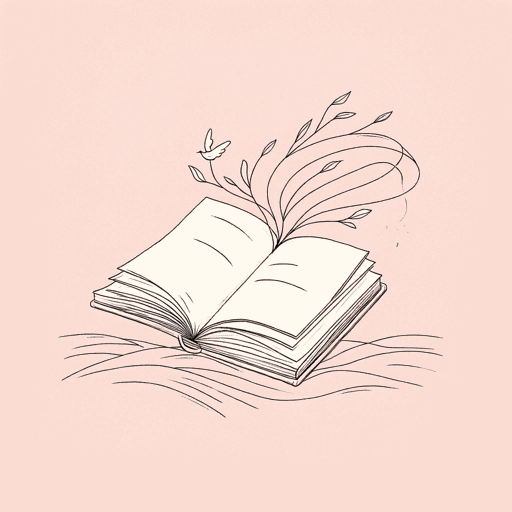86 pages • 2 hours read
Lynda Mullaly HuntFish in a Tree
Fiction | Novel | Middle Grade | Published in 2015A modern alternative to SparkNotes and CliffsNotes, SuperSummary offers high-quality Study Guides with detailed chapter summaries and analysis of major themes, characters, and more. For select classroom titles, we also provide Teaching Guides with discussion and quiz questions to prompt student engagement.
Symbols & Motifs
Mind Movies and The Sketchbook of Impossible Things
In the beginning of Fish in a Tree, Ally describes her habit of creating “mind movies,” moving images “that seem so real that they carry me away inside of them. They are a relief from my real life (4)”. In stressful situations—such as the opening scene of the novel, wherein Ally’s teacher is trying to make her participate in a writing activity—Ally escapes from her anxiety by retreating into her imagination, watching cartoonish, often amusingly exaggerated “movie” versions of her life. Ally uses her Sketchbook of Impossible Things in a similar way, drawing scenes that reflect her day-to-day struggles in a humorous way. In addition to providing a refuge “from [her] real life,” the “mind movies” and Sketchbook of Impossible Things help Ally process her surroundings, giving her a quiet, creative outlet for her frustration (4).
As the book progresses and Ally grows in her confidence, she uses these coping strategies in different ways. For example, as Ally learns to play chess, she visualizes “a mind movie where chess pieces come to life” (163), and her visualization helps her acquire a new skill. Gradually, Ally’s coping mechanisms evolve into self-teaching (and self-affirmation) mechanisms that enhance her abilities. By the end of the book, Ally imagines a series of positive images, and her 







Related Titles
By Lynda Mullaly Hunt


